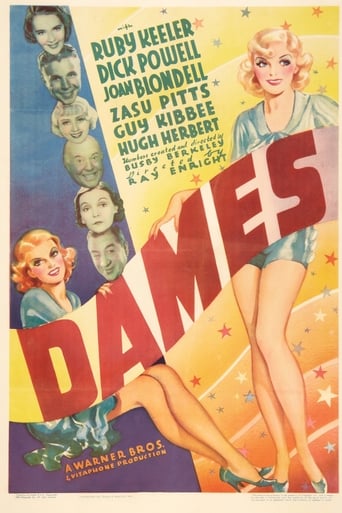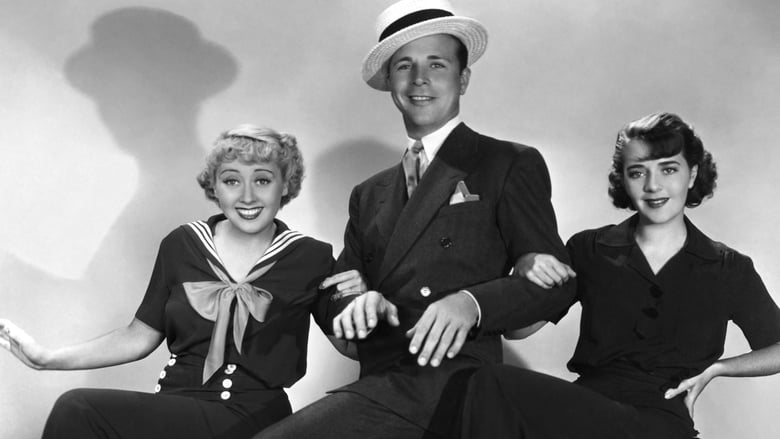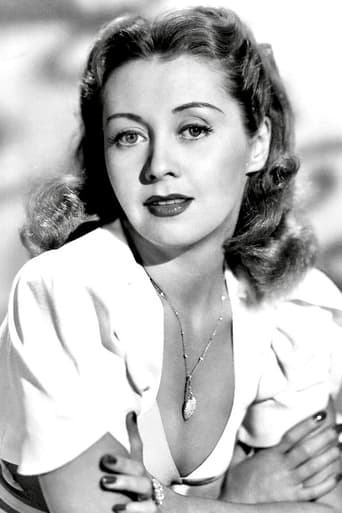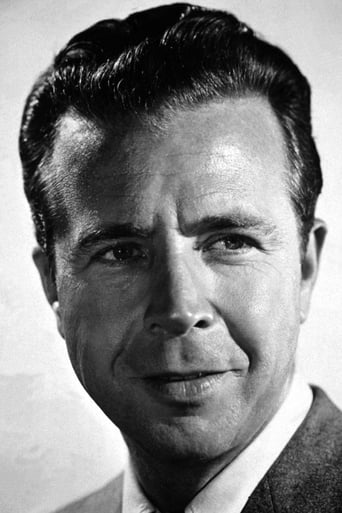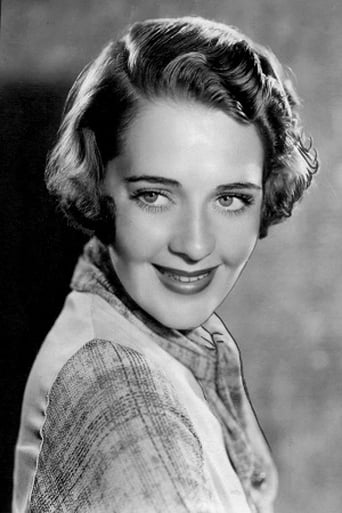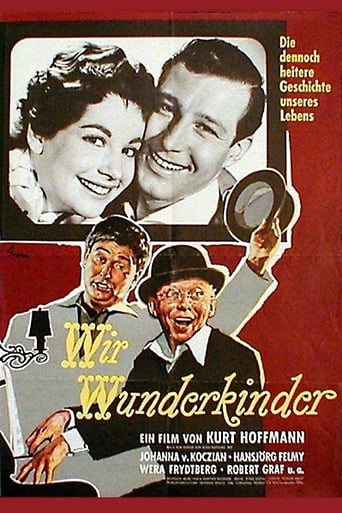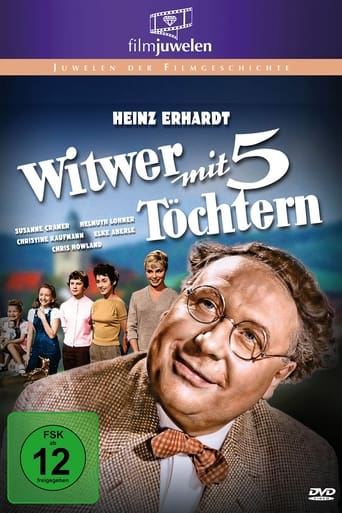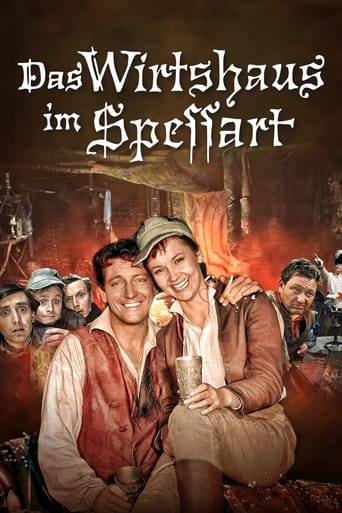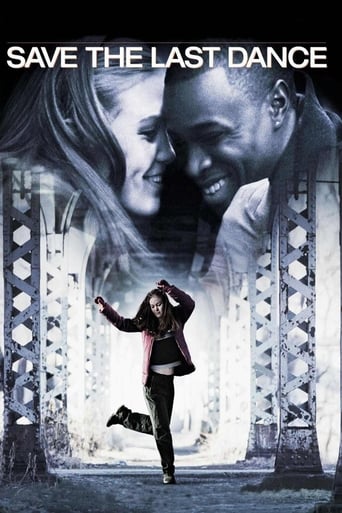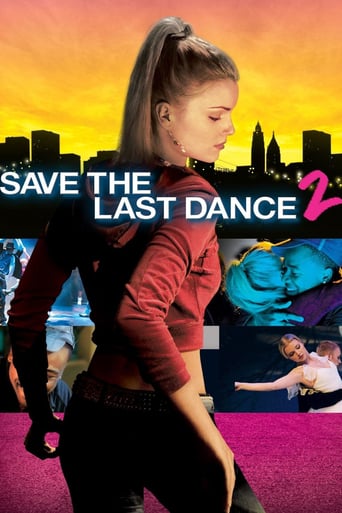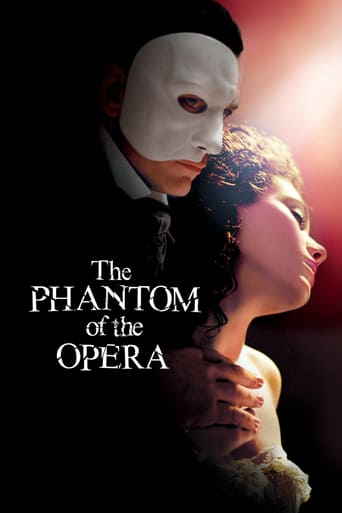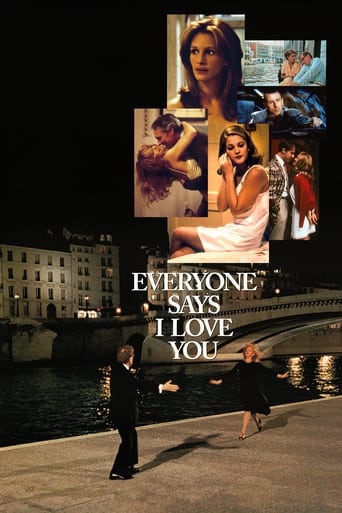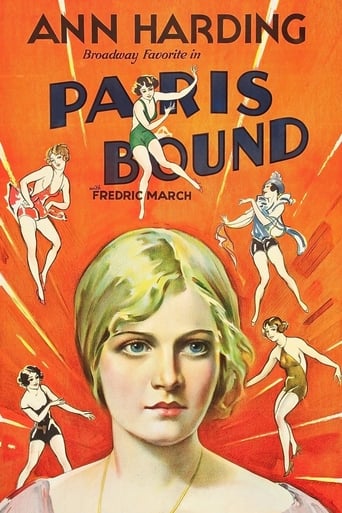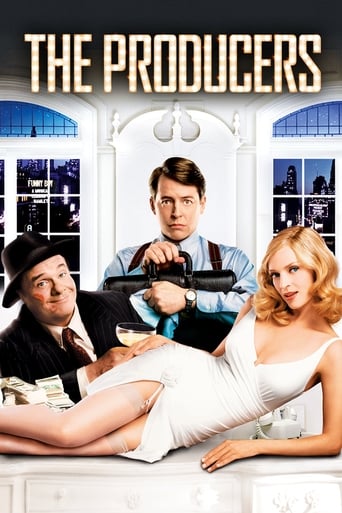Dames (1934)
A reformer's daughter wins the lead role in a scandalous Broadway show.
Watch Trailer
Cast


Similar titles
Reviews
I like the storyline of this show,it attract me so much
Perfect cast and a good story
Excellent but underrated film
The movie really just wants to entertain people.
Okay. I am 61 years old so this film is way way before me. However I am also a lifetime fan of movies and movie makers who never should be forgotten. Thirties musicals were never that fantastic with their stories, it was always an 'excuse' rather than a reason for dance routines. Boy met girl, boy lost girl, boy found girl again or boy/girl want to put a show on/or be in a show, they can't get in and by a twist of fate it all happens in the last 4 minutes! We know.... None of the Astaire/Rogers movies are remembered for their sparkling story and Dames is actually a little bit better than those. Whether you laugh (I did) at Hugh Herbert today is down to you. I find him hilarious and yes, the comedy is way over acted but so is today's (Will Ferrell anyone?)... I like the persona of Dick Powell, his voice and renditions of songs are not my cup of tea though again in the context of the film absolutely fine. Blondell is gorgeous as she was in those early Thirties films and Keller is well... Keeler....but the real star is the man you can't see. Yes you guessed it I am referring to Busby Berkeley. It does take a while before his magic gets on the screen but when it does it keeps on coming. The very end bit which goes from geometrically moving bodies to freeze frame to Dick Powell's head tearing it apart as if it were a wallpaper is so ahead of its times in terms of technical accomplishment I was dumbfounded. If you love cinema, you need to see a Busby Berkeley number (preferably in the film context) once in your life at least because THAT man changed the way images were made and we still see an impact of his amazing work today. Men like Berkeley are seldom mentioned now, people, if they remember anything, remember directors and a body of work. Though Berkeley did direct, he will always be the man who created those amazing routines at a time when CGI and computers were scifi. So yes, loving cinema as an art form needs a Berkeley vieweing and you could do a lot worse than watch Dames!
Bw lose one point. Wish it were color. Berkeley gain one point. He always did an excellent job. Keeler was a good dancer here, being at the front of a dance group who did not have obviously her superlative talents. Kibbee always a sweetheart, and blindsided by Joan Blondell.Hugh Herbert was the flustered gazillionaire wealthy relative. He was thorough in always reminding everyone to remain their upright moral selves. Dick Powell was his wonderful singing self, as always. The Hays Code was soon to obliterate the short, flimsy costumes as shown here. The legion of decency was both inside and outside this film.
Apparently, just barely getting under the wire, before the Hayes censorship code was fully enforced. Ironically, the plot involves a man of great influence(Uncle Ezra), who wants to totally ban stage musicals that feature dancing girls, who are the star attraction of this film, as a drag on morality. A fun screwball comedy screenplay is combined with the occasional song by cherry-cheeked tenor Dick Powell in the first hour, followed by 3 good Busby Berkeley-created production numbers, that dominate the last half hour. Thus, this film follows the typical formula for Berkeley-choreographed musicals of this era. More so than the competing Astaire-Ginger RKO films of this era, which typically dispersed dance numbers more evenly throughout the film, it was important to have an interesting screenplay to hold the audience's attention until the late big productions. Unfortunately, few of these films meet this criterion, by my reckoning. This one is an exception. Lacking the versatile talents of Astaire and Ginger, the central romantic pair, usually played by Dick Powell and Ruby Keeler, required a number of charismatic comedic supporting actors to help carry an interesting screen play. Such are present in this film in the persons of Joan Blondell and Guy Keebler, most importantly, along with Hugh Herbert as Uncle Ezra, Zasu Pitts, as Guy's upstanding wife, Johnny Arthur as Ezra's Fogg-like numbers minutia-obsessed private secretary, and Arthur Vinton, as Ezra's bizarre, sleepy, body guard.This was the 4th combination of Powell and Ruby in this film series. as the charming romantic couple, although top-billed Blondell easily blows away Ruby as the most impressive female personality. Ruby is given relatively little to do, mostly functioning as Powell's, bright-eyed, adorable, companion, and a vocal opponent of Ezra's narrow-minded views on Broadway plays. Unlike most of the Astaire & Ginger films, where they begin unknown to each other, or as ex-lovers, separated for a few years, and where Ginger goes through several cycles of hating and liking Astaire, here Powell and Ruby begin as lovers, and mostly remain that way, save for an interlude, when Blondell finds it advantageous to start a temporary romance with Powell. Thus, in contrast to most musicals, where the drama and comedy mostly relates to the central romance(s), in this film, such are mostly centered around the question of whether the Hemingways(Guy, Zasu, & daughter Ruby) can maintain the perception by wealthy confirmed bachelor Uncle Ezra that they are the most morally upstanding of his relatives, thus deserving his gift of $10 million, as his heir apparents. A related question is whether Powell, as the would- be producer of a Broadway show, can weasel $25,000 out of either Ezra or Guy. After failing with Ezra(of course), Powell teams with Blondell to blackmail Guy. Guy then discovers the additional embarrassment that daughter Ruby is player in Powell's show, which Ezra plans to attend, and let loose his goons to break up the show, at his signal. In balcony seats, Ezra, Guy, and Zasu get drunk on the 95% alcohol patent medicine Ezra insists upon for the persistent hiccups. Ezra finds he actually enjoys the frolicking girls, but eventually accidentally gives his signal for his goons to breakup the show, causing a general panic. All land in jail, except Powell and Ruby, in a huge cell, Ezra enjoying direct contact with some of the girls, especially Blondell.As usual, in this film series, Harry Warren and Al Dubin composed most of the music. Clearly, their standard "I Only Have Eyes for You" is the only take home song, and is featured several times, either as a Powell song to Ruby, or in one of the big production numbers. They also composed "Dames", and "The Girl at the Ironing Board": the latter featured in the first of the 3 big productions. Blondell is the featured singer-actor, abetted with several other 'dames', singing about their fantasy lover, while doing their job as laundresses. Includes some puppet-like action by the hanging laundry, whose strings can occasionally be seen. Quite a fun production! This is soon followed by the 'I Only Have Eyes for You" production, featuring multiple images of Ruby, in various scenes, as the only girl Powell has eyes for. Powell then sings "Dames", followed by the last big production, featuring many close ups of 'dame's ' faces, along with various activities, finishing with a series of geometric patterns or other special effects.After his salad days at Warner, Berkeley would mostly choreograph and occasionally direct for MGM, including most of the Mickey & Judy films, Esther William's "Million Dollar Mermaid" hit, several of the Jane Powell musical comedies in the '50s, and lastly "Billy Rose's Dumbo",in 1962. But perhaps his most '30s-like work is seen in the Fox Technicolor "The Gang's all Here", with Carmen Miranda.
Busby fans have to wait until the last part for their guy to do his stuff. But then it's a real eye-popper. The dames keep comin' at yah one after another, blondes, brunettes, and in- betweens. What a line-up of 30's cuties. Then there's Berkeley's trademark: feminine geometry. That's enough to give Freud analytic overload and others x-rated dreams. Good thing those fluid figures were too abstract for the censors to erase. Speaking of blue- noses, '34 was the first year of Code enforcement. So, wouldn't be surprised the plot was jabbing at our watchdogs of public morality. After all, ridding the city of stage shows is the millionaire's (Hugh Herbert) favorite hobby. It's a winning cast, even if Powell mugs it up faster than a Ferrari's RPM's. True, Keeler's hoofing may be on the clunky side, still she's got the sweetest smile this side of Hollywood and Vine. Too bad the real dame, Blondell, was hobbled by six months of motherly gestation. Working her camera angles must have been a real challenge. I know a lot of folks don't especially like these antique concoctions. But in my book, they're inspired combinations of artistry, pizazz, and sheer Hollywood hokum.

